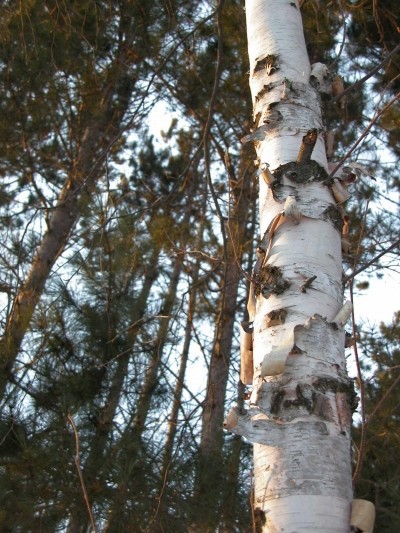Rainforest tree bark could help keep skin moisturized
The tree (Piptadenia colubrina) is native to the South American rainforest and the study, published in the Journal of Cosmetic Dermatology, claims that an extract from the plant’s bark can help moisturize the skin.
Scientists from Brazil-based active ingredients company Chemyunion along with researchers from the University of Campinas, and the Sao Paulo State University in Brazil, tested the effect of the extract on genes involved in the formation and functioning of the stratum corneum, along with performing in vivo tests.
According to the study, the extract upregulated the expression of aquaporin-3 (AQP-3) at a concentration of between 10-20 mg/ml, with the highest levels expressed after 6 hours.
AQP-3 is part of a family of membrane transport proteins that helps glycerol to move into the upper layers of the epidermis and the stratum corneum, leading to increased hydration of this outer layer of the skin.
Stratum corneum protein expression
In addition, the scientists examined the effect of the extract on other genes linked to stratum corneum functioning.
Filaggrin (FLG), involucrin (INV) and loricrin (LOR) are proteins involved in keeping the corneocytes (building blocks of the stratum corneum) together.
This helps keep water and other moisturizers inside the skin, the researchers explained.
According to the study, the expression of these proteins increased after incubation with the P. colubrina extract.
The team then considered the effect of the extract in vivo.
Thirty healthy female subjects aged between 30 and 55 years, with normal to dry skin, applied a gel cream containing the extract (5 percent concentration) on one forearm, and a placebo on the other, for a period of 14 days.
Tests for glycerol levels were performed after the study period and significantly higher levels were found in the skin treated with the P. colubrina compared to those treated with the placebo.
The researchers conclude that the extract ‘might be considered as an effective additive to skin care products formulation’.
Source: Journal of Cosmetics Dermatology
Issue 9, Pages 35-43
Expression of differential genes involved in the maintenance of water balance in human skin by Piptadenia colubrina extract
Maria Del Carmen Velasquez Praeda, Gustavo de Campos Dieamant, Samara Eberlin, Rejane Maria Werke, Débora Colombi, Mary Luci de Souza Queiroz, Luiz Claudio Di Stasi













